
Scientific American, informally abbreviated SciAm or sometimes SA, is an American popular science magazine. Many scientists, including Albert Einstein and Nikola Tesla, have contributed articles to it, with more than 150 Nobel Prize-winners being featured since its inception.

Heavy Metal was an American science fiction and fantasy comics magazine, published between 1977 and 2023. The magazine was known primarily for its blend of dark fantasy/science fiction, erotica, and steampunk comics.

Penthouse is a men's magazine founded by Bob Guccione and published by Los Angeles–based Penthouse World Media, LLC. It combines urban lifestyle articles and softcore pornographic pictures of women that, in the 1990s, evolved into hardcore pornographic pictures of women.

W is an American fashion magazine that features stories about style through the lens of culture, fashion, art, celebrity, and film.

Omni was a science and science fiction magazine published for domestic American and UK markets. It contained articles on science, parapsychology, and short works of science fiction and fantasy. It was published as a print version between October 1978 and 1995. The first Omni e-magazine was published on CompuServe in 1986 and the magazine switched to a purely online presence in 1996. It ceased publication abruptly in late 1997, following the death of co-founder Kathy Keeton; activity on the magazine's website ended the following April.
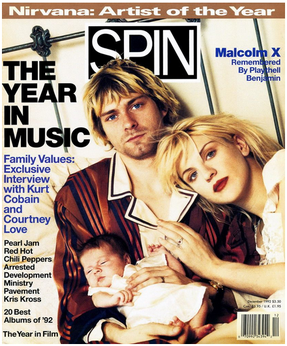
Spin is an American music magazine founded in 1985 by publisher Bob Guccione, Jr. Now owned by Next Management Partners, the magazine is an online publication since it stopped issuing a print edition in 2012.
Popular Science is a U.S. popular science website, covering science and technology topics geared toward general readers. Popular Science has won over 58 awards, including the American Society of Magazine Editors awards for its journalistic excellence in 2003, 2004, and 2019. Its print magazine, which ran from 1872 to 2020, was translated into over 30 languages and distributed to at least 45 countries. In 2021, Popular Science switched to an all-digital format and abandoned the magazine format in 2023. A Verge article published November 27, 2023, referred to a statement from the communications director of PopSci's owner, Recurrent Ventures, Cathy Hebert, indicating that Popular Science "will no longer be available to purchase as a magazine".
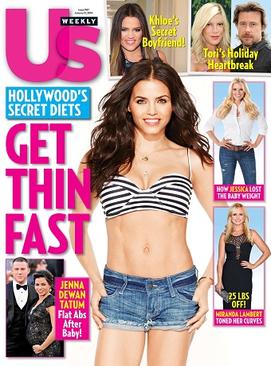
Us Weekly is a weekly celebrity and entertainment magazine based in New York City. Us Weekly was founded in 1977 by The New York Times Company, who sold it in 1980. It was acquired by Wenner Media in 1986, and sold to American Media Inc. in 2017. Shortly afterward, former editor James Heidenry stepped down, and was replaced by Jennifer Peros. The chief content officer of American Media, Dylan Howard, oversees the publication.
Robert Charles Guccione Jr. is an American publisher and the eldest son of late Penthouse founder Bob Guccione. He founded the music magazine Spin.

Kalmbach Media is an American publisher of books and magazines, many of them railroad-related, located in Waukesha, Wisconsin.
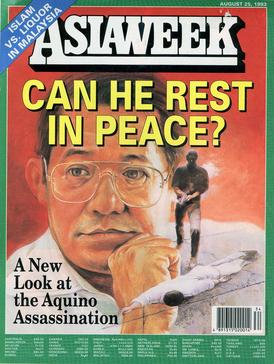
Asiaweek was an English-language news magazine focusing on Asia, published weekly by Asiaweek Limited, a subsidiary of Time Inc. Based in Hong Kong, it was established in 1975, and ceased publication with its 7 December 2001 issue due to a "downturn in the advertising market", according to Norman Pearlstine, editor in chief of Time Inc. The magazine had a circulation of 120,000 copies when it closed.

Astronomy is a monthly American magazine about astronomy. Targeting amateur astronomers, it contains columns on sky viewing, reader-submitted astrophotographs, and articles on astronomy and astrophysics for general readers.
Disney Publishing Worldwide (DPW), formerly known as The Disney Publishing Group and Buena Vista Publishing Group, is the publishing subsidiary of Disney Experiences, a subsidiary of The Walt Disney Company. Its imprints include Disney Editions, Disney Press, Kingswell, Freeform, and Hyperion Books for Children. It has creative centers in Glendale, California, and Milan, Italy.

Broadcasting & Cable is a monthly telecommunications industry trade magazine published by Future US. Founded in 1931 as Broadcasting, subsequent mergers, acquisitions and industry evolution saw a series of name changes, including Broadcasting and Broadcast Advertising, and Broadcasting-Telecasting, before adopting its current name in 1993. B&C, which was published biweekly until January 1941, and weekly thereafter, covers the business of television in the U.S.—programming, advertising, regulation, technology, finance, and news. In addition to the newsweekly, B&C operates a comprehensive website that provides a roadmap for readers in an industry that is in constant flux due to shifts in technology, culture and legislation, and offers a forum for industry debate and criticism.

David John Eicher is an American editor, writer, and popularizer of astronomy and space. He has been editor-in-chief of Astronomy magazine since 2002. He is author, coauthor, or editor of 23 books on science and American history and is known for having founded a magazine on astronomical observing, Deep Sky Monthly, when he was a 15-year-old high school student.
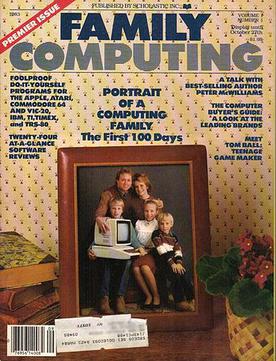
Family Computing is a U.S. computer magazine published during the 1980s by Scholastic. It covered all the major home computer platforms of the day including the Apple II, VIC-20, Commodore 64, Atari 8-bit family, as well as the IBM PC and Macintosh. It printed a mixture of product reviews, how-to articles and type-in programs. The magazine also featured a teen-oriented insert called K-Power, written by Stuyvesant High School students called the Special-K's. The section was named after a former sister magazine which folded after a short run. This section was discontinued after the July 1987 issue as part of the magazine's shift toward home-office computing.

WSJ Magazine is a luxury glossy news and lifestyle monthly magazine published by The Wall Street Journal. It features luxury consumer products advertisements and is distributed to subscribers in large United States markets. Its coverage spans art, fashion, entertainment, design, food, architecture, travel and more. Kristina O'Neill was Editor in Chief from October 2012 to 2023. Sarah Ball, previously Style News Editor, became Editor in Chief in June 2023. Launched as a quarterly in 2008, the magazine grew to 12 issues a year for 2014. It was originally intended to be a monthly magazine named Pursuits.
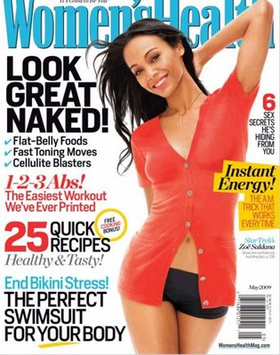
Women's Health (WH), published by Hearst, is a lifestyle magazine centered on the health, sex, nutrition, and fitness of women. It is published ten times a year in the United States and has a circulation of 1.5 million readers. The magazine has 13 international editions, circulates in over 25 countries, and reaches over 8 million readers globally. Before its acquisition by Hearst, it was founded by Rodale, Inc. in Emmaus, Pennsylvania.
Nautilus Magazine is a New York–based online and print science magazine. It publishes one issue on a selected topic each month on its website, releasing one chapter each Thursday. Issue topics have included human uniqueness, time, uncertainty, genius, mergers & acquisitions, and feedback. Nautilus also publishes a print edition six times a year, and a daily blog entitled, Facts So Romantic.
Leon Morton Jaroff was an American science writer and editor. He is credited with convincing Time Inc. to publish the science-based Discover magazine, of which he was the founding editor. After four years, he left Discover for an editor's position with Time Magazine. Jaroff's medical, scientific, behavioral and environmental stories were featured on Time's cover over 40 times. His 1992 Time cover story "The Iceman's Secrets: the discovery of a frozen Stone Age man yields new clues about life in 3300 B.C." ranked second in overall sales for that year. Jaroff also wrote The New Genetics: The Human Genome Project and Its Impact on the Practice of Medicine.















